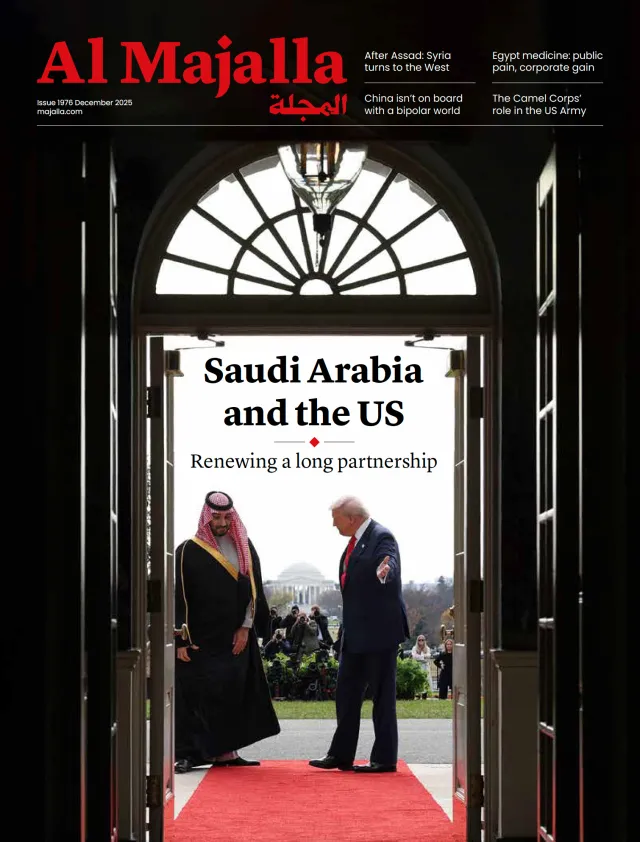A global race for minerals is unfolding across the world—a critical component of modern technology which has become a key driver of economies and military potency. In an age when microchips and semiconductors power cars, smartphones, guide missiles, and robots replace workers, the global battle for minerals is gaining steam.
The International Energy Agency estimates that demand for minerals will rise up to six-fold by 2040—and that’s solely in the pursuit of clean energy transition goals. From China to Ukraine, the Congo to the Arctic, competition for exploration, extraction, and territorial control has intensified.
In exchange for this precious resource, states are dangling carrots and sticks—from trade agreements, military partnerships or tariffs—to secure these crucial mineral deposits from their host nations. When Donald Trump slapped heavy tariffs on China, Beijing responded by simply withholding its rare earths from the US. Given America's dependence on Chinese minerals for a vast range of products, such as electric vehicles, Trump was forced to back down.
Strategic edge
China controls over 60% of the world’s rare earth supply. Through its state-owned enterprises and massive investments in Africa, Latin America, and even Europe, Beijing hasn’t only secured the flow of raw materials but also built the infrastructure to process, market, and profit from them. This strategic edge has made global powers determined to reduce their reliance on China by diversifying their supply chains.




